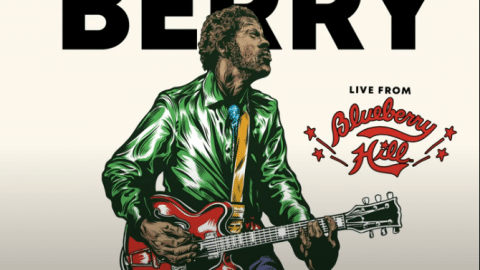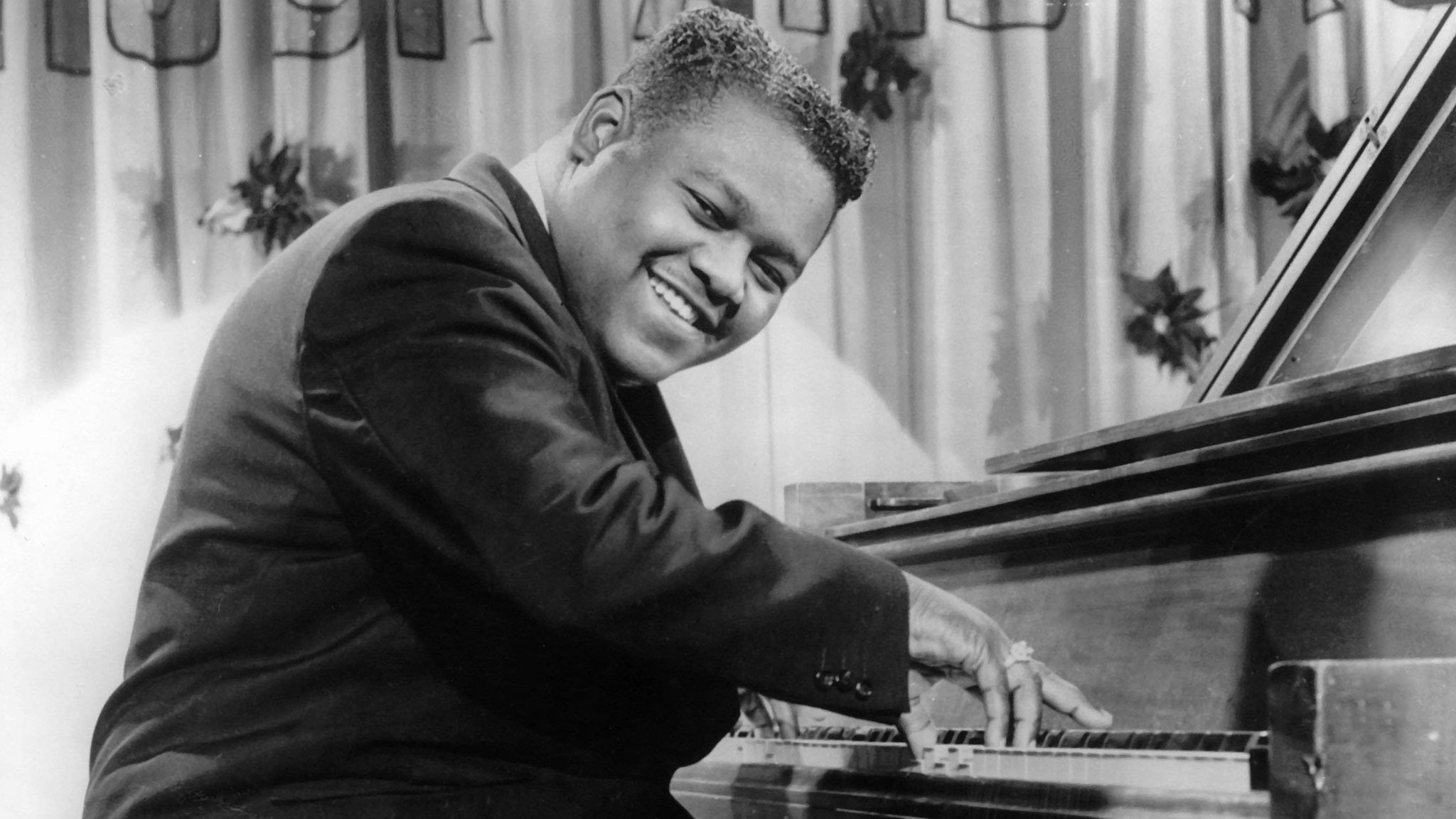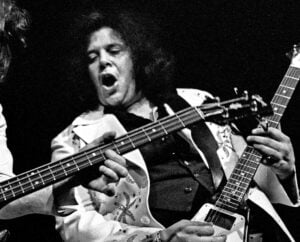How The ’50s Rock and Roll Influence The Next Generation

via Chuck Berry - Topic / Youtube
Emerging in the United States in the 1950s, rock and roll rapidly became well-known throughout the world. It is well-known for its upbeat sound and has powerful percussion, bass, and electric guitar beats. Rock ‘n’ Roll combines elements of rhythm, blues, and country music to create a unique sound that is still popular today. Many well-known singers and bands throughout the world love it, and its strong attitude and catchy tunes continue to impact the music industry.
The Origins of Rock N Roll
Black American styles such as jazz, boogie-woogie, rhythm and blues, and jump blues are the origins of rock and roll music. The phrase “Rock N Roll” wasn’t coined until 1954, even though the sounds that shaped it started to emerge in the 1920s. The principal instruments in early rock and roll were the piano and saxophone, which could readily switch between high and low frequencies to produce a dynamic sound. Electric guitars became the main instrument by the middle of the 1950s, which gave the music a stronger edge. Rock N Roll bands were known for their danceable beat and usually featured a double bass and two electric guitars, one for rhythm and one for lead. Bass guitars and more sophisticated drum sets became essential elements of the genre’s identity by the late 1950s.
The Impact of Rock Music in the 1950s:
Breaking Down Racism
African Americans were greatly impacted by rock and roll because it brought social injustice to light. The genre encouraged young listeners, particularly teenagers, to welcome change because it was first performed primarily by Black performers. By uniting Black and white concertgoers and promoting an accepting culture, rock ‘n’ roll also contributed to the dismantling of barriers. Music was only one aspect of this new oneness. Black performers and integration themes in films like Blackboard Jungle (1955) encouraged young people to question authority and advance society. Rock ‘n’ Roll helped to lessen long-standing biases and promote a more inclusive society by bridging racial divides.
Concerns from Parents
Parents were also alarmed by rock ‘n’ roll because of its explicit lyrics, vulgarity, and sexual themes. Because they believed it encouraged inappropriate behavior, many adults saw the music as harming their kids. However, Rock N Roll’s rebellious and “cool” image drew in teenagers. Because the songs frequently pushed boundaries, parents thought the music negatively influenced their children’s personalities. Additionally, this tension rekindled racial tensions. Many parents opposed, arguing that Rock N Roll’s effect was detrimental, even as young people became more familiar with African American culture. Elders were further offended when critics said that White musicians continued to have a strong effect on the music even after they performed it.
Highlights of the Media
The media took notice of Rock N Roll as it gained popularity. Television frequently featured interviews with rock stars, which increased the genre’s popularity and impact. Rock music was also widely disseminated via the development of radio and cultural changes since stations played it more frequently due to the audience’s preference. The emotionally charged music, strong beats, and intense rhythms of the genre left a lasting impression on listeners. Even while not everyone enjoyed it, the music’s vitality made it seem alive and soon became the background music for social events. To keep up with the increasing demand, clubs even began playing rock & roll.
Spending on Rock Records
Rock ‘n’ Roll albums were a major contributor to the $10 billion that consumers spent annually on teen-oriented merchandise by the late 1950s, according to research. These CDs were bought by millions of teenagers, generating $75 million in sales each year. Teenagers changed their buying patterns as a result, giving music a higher priority than clothes and other luxuries. This pattern was yet another obvious indication of the 1950s’ strong hold on young people’s culture and how it influenced their purchasing decisions.
Leading Rock Artists of the 1950s:
Elvis Presley
Because of his intense live performances, sexually suggestive stage persona, and dynamic song interpretations, Elvis Presley is frequently considered the face of early Rock ‘n’ Roll. His accomplishment sparked both acclaim and controversy, and it happened at a time when racial barriers were starting to change. Born in 1935, Elvis swiftly rose to prominence as one of the 20th century’s most significant cultural icons, gaining the moniker “King of Rock and Roll.” His voice, which reflected the influence of Black musicians, contributed to his early rise to stardom. His debut RCA single peaked at number one in the United States in January 1956. He went on to make appearances on television and write several successful songs. Presley served in the military and dabbled in acting.

Fats Domino
Rock N Roll was greatly influenced by Fats Domino, whose real name was Antoine Domino Jr. He put out several successful singles between 1955 and 1960, eleven of which reached the top of US pop charts. Five of his records, which were well-known for their upbeat, contagious rhythms that kept people moving, sold over a million copies. Domino’s influence was acknowledged even by Elvis Presley, who referred to him as the real king of rock and roll. Over 65 million recordings were sold during Domino’s career, and four of his songs were elected into the Hall of Fame due to their significant influence. The upbeat, forceful beats of his music are still praised today, and his famous song “The Fat Man” is regarded as the first rock tune to sell over a million copies.

Chuck Berry
One of the pioneers who shaped Rock N Roll, Chuck Berry was born Charles Anderson Berry on October 18, 1926, and is frequently referred to as the “Father of Rock Music.” By adding catchy guitar solos and energetic showmanship, Berry transformed rhythm & blues and made it more palatable. His songs, such as “Roll Over Beethoven,” “Maybellene,” and “Johnny B. Teen life and topics like consumerism were frequently the focus of “Goode” and “Rock and Roll Music.” “Maybellene” peaked at the top of the Billboard R&B chart, and his songs sold millions. Chuck Berry had solidified his place as a major performer by the late 1950s, impacting succeeding generations of musicians.

Even now, rock ‘n’ roll is still quite popular, attracting sizable audiences to performances and encouraging new musicians to enter the market. We may anticipate even more thrilling sounds in the future as the music develops more. Nonetheless, some parents continue to express concern over the graphic language used in many rock songs, believing it could have a detrimental effect on teenagers and unfavorably mold their characters. Notwithstanding these reservations, there is no denying Rock ‘n’ Roll’s influence on music and society.












